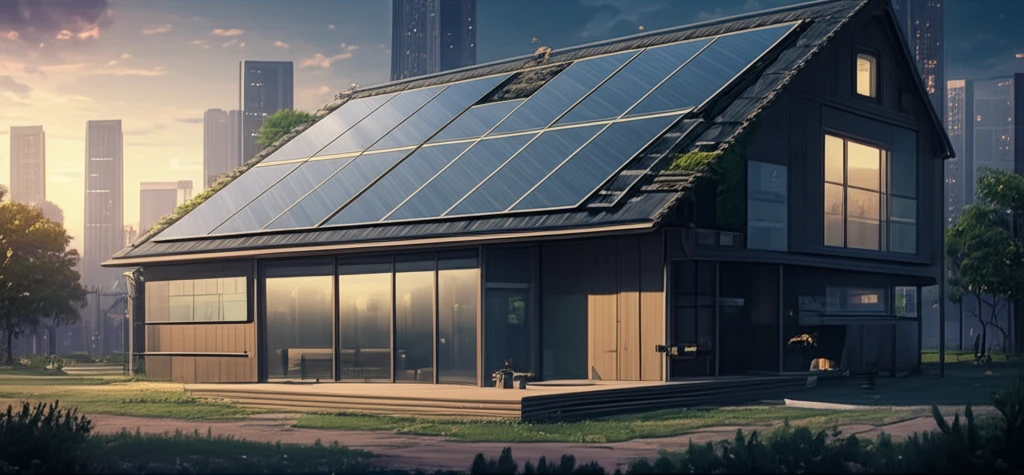
Green Homes of the Future: How Innovation Turns Labs into Reality
"Explore the dual paths of sustainable tech: Products like solar panels and building standards for energy-efficient living."
Climate change is pushing us to rethink how we use energy. It's not enough to just come up with new ideas in the lab; we need to find ways to make these ideas widespread and effective. This article looks at how sustainable energy systems make their way from initial concepts to everyday use.
We'll focus on two main examples: photovoltaics (solar panels) and passive-house buildings. These examples show different approaches to making energy systems more sustainable. Photovoltaics represent a product-based approach, while passive houses focus on setting a standard for energy efficiency.
It's easy to forget that research, markets, and development can vary significantly. For instance, the cost of electricity is a constant debate, with discussions focusing on small differences in price per kWh. However, this overlooks the fact that there isn't a single market for electric power. Consider AA batteries: they provide power at a cost that far exceeds standard electricity rates, highlighting the diverse needs and values within the energy market.
From Lab to Life: Two Paths to Sustainability

Sustainable energy tech makes its way from scientific discovery to practical application. The story of photovoltaics (PV), or solar panels, began in 1940 with the discovery that light could generate current in silicon. By 1954, the first practical solar cell was created, boasting an efficiency of 6%.
- Experience Curve: PV module costs have dramatically decreased, making solar energy competitive.
- Manufacturing Refinements: Continuous improvements in production drive down costs.
- Niche Markets: Early adoption in specific markets (like space and off-grid applications) paved the way for broader use.
The Future of Green Tech: Standards and Normality
Both PV and passive houses demonstrate the importance of continuous improvement. Creating standards, supporting innovation, and refining manufacturing processes are key. It's a gradual process, but the goal is clear: to transform sustainable technologies from niche applications to everyday normality. While challenges remain, the journey toward a sustainable future is underway.
